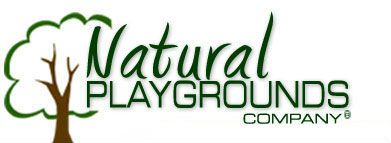We always know there'll be a time during presentations to prospective clients when someone will ask "how much do natural playgrounds cost?"
I take a deep breath and say "That's a hard one, but if you give me a minute, I'll give you an answer."
It's hard because there are no direct comparisons. A few of the tangibles might be sort of comparable, but it's almost impossible to compare the intangibles. For instance, a slide is a slide, so the experience of actually going down a slide in a manufactured playground and going down a slide built into a hill in a natural playground will be pretty close. But it's really more complicated than that.
Overall
- They are the same initial investment as a traditional playground
- 10 times more play and learning elements
- Significantly higher play value
- Tailored to your budget
- Last longer
- Lower maintenance costs
Here's an example: a 35' long slide gives a great ride for kids of all ages, 5 years to 65 years. To achieve the proper slope for this long a slide, the ladder has to be 20' high. 20' is way off the ground. If kids try climbing the slide and fall off one side, they'll get hurt. If they fall off the ladder, they'll get hurt. Further, if they're afraid of climbing ladders, or are intimidated by height, they won't have a chance to even try the slide.
On the other hand, if this same slide is built into a hill, there is no ladder (so no one can fall off), there is no way a child can be intimidated by height, and there are no sides to fall off of, which makes the slide very safe. Further, if the access up the hill to the top of the slide is made challenging and fun (rock walls to climb, or interesting paths to follow), then children will find the whole experience more interesting and may therefore be more inclined to repeat it -- thus making them exercise more while they're learning more than just climbing up and sliding down. The actual cost of the slide for the natural playground will be far less, as the slide is simpler (no structure, no ladder, no ladder enclosure, no tube to keep kids from falling off), and there is no need for a fall zone all around the slide (it's just at the end).

